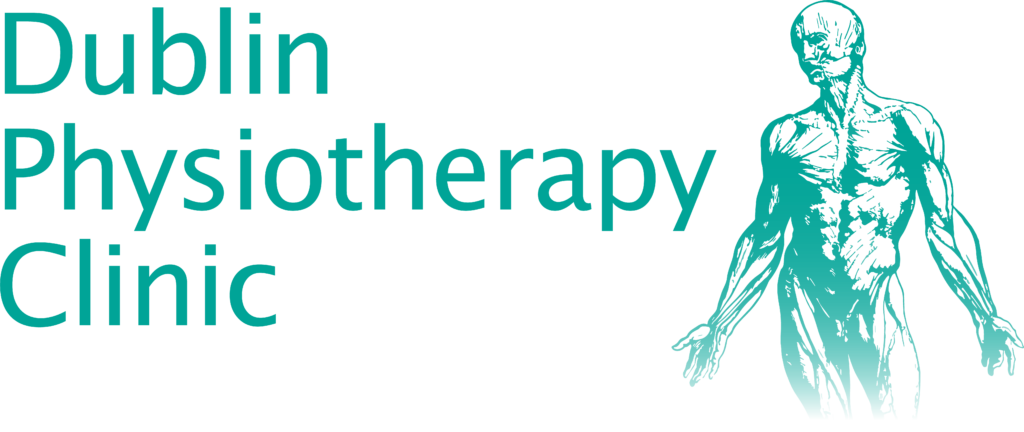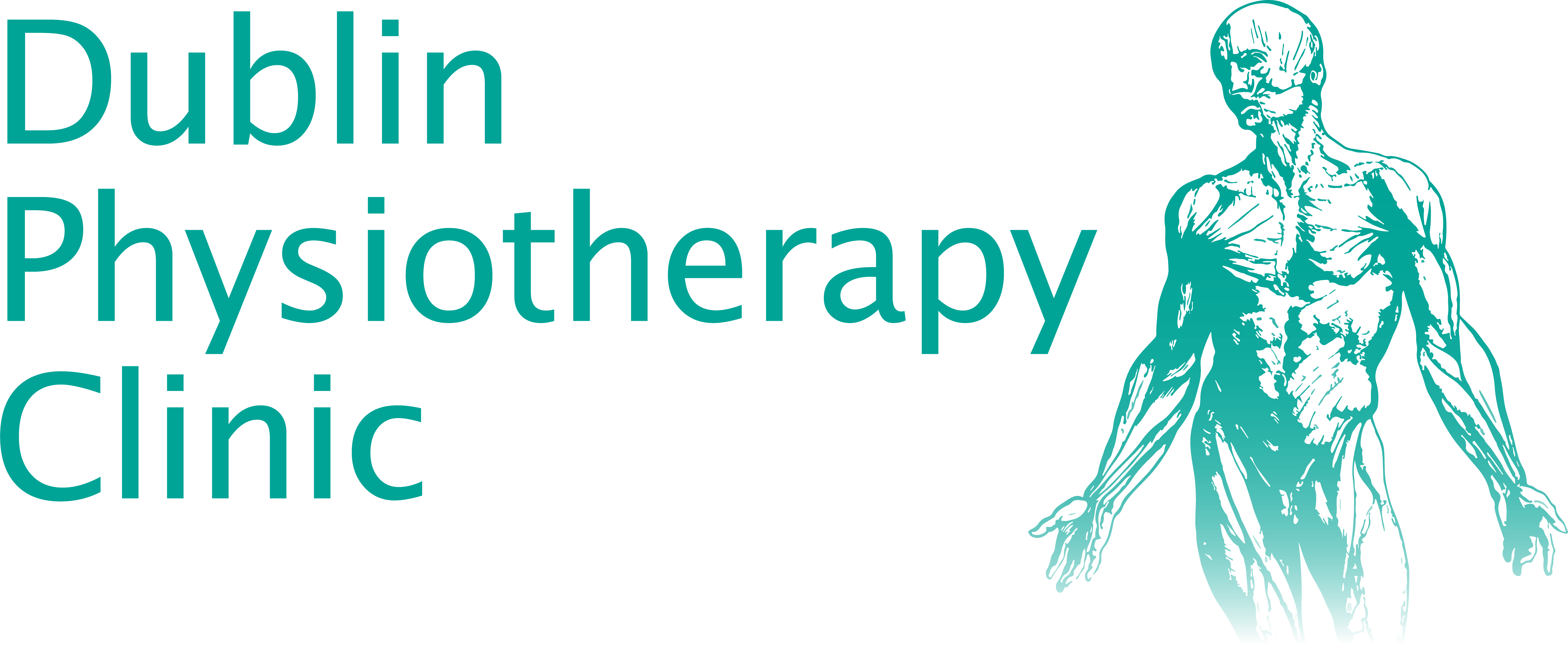ATAXIA
- Ataxia is a term used to describe incoordination of movement or lack of order during movement.
- A simple task such as lifting a cup, brushing your hair or putting on your shoes can be a challenge.
- Movements become jerky and inaccurate due to disturbance in timing, speed and precision of movement.
- Ataxia also gives the feeling of unsteadiness when walking. So having fear of falling or having a fall can restrict daily activities and independence.
- Ataxia may be a symptom of a neurological condition such as stroke or multiple sclerosis or an inherent condition such as Friedreich’s ataxia.
Symptoms of Ataxia
Ataxia can affect muscles in the arms, legs or trunk.
- Incoordination of the trunk and leg muscles can cause a staggering walking pattern. A wide based walking pattern is often adopted to provide greater stability.
- Incoordination of arm movements makes it difficult to use a knife and fork, drink, do buttons or zips and writing may be scrawly.
- Trunk ataxia will affect core stability and interfere with any activities that require good balance control such as reaching, stepping, walking.
- Disturbances of eye movements can affect focus and balance.
- Alterations in sensation and body awareness can significantly affect hand dexterity, balance and walking.
- While muscle power may remain unaffected initially, fatigue in the limbs can affect endurance.
- Fear of falling and falls risk can greatly reduce confidence and movement.
Treatment of Ataxia
We use our handling skills and experience in exercise rehabilitation to improve muscle activity and control of movement, enabling you to move to the best of your ability. Balance re-education, falls prevention program and gait retraining are also vital components in movement re-education. We may also give advice on aids and appliances to preserve independence.

JOIN OUR MAILING LIST
EMAIL:


